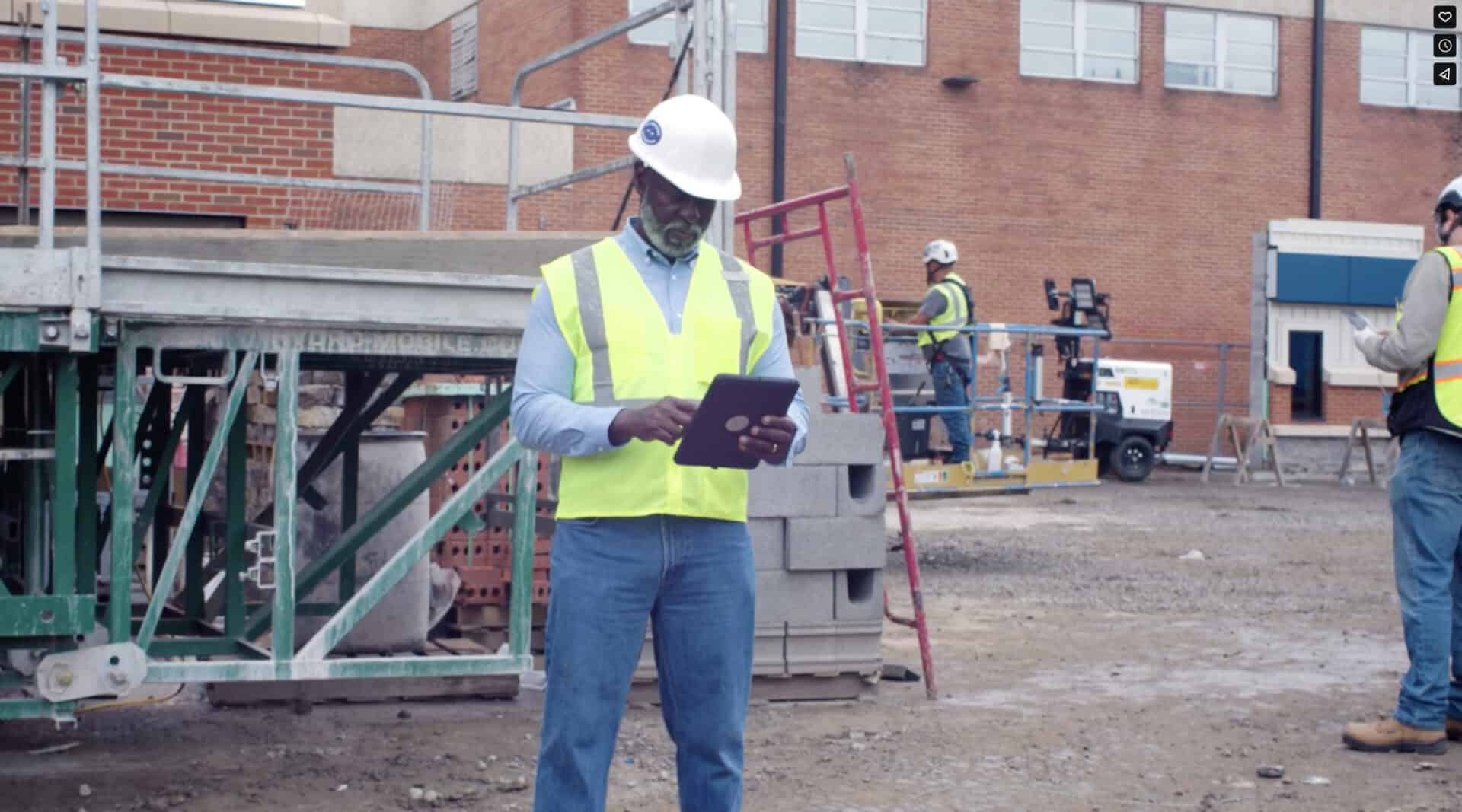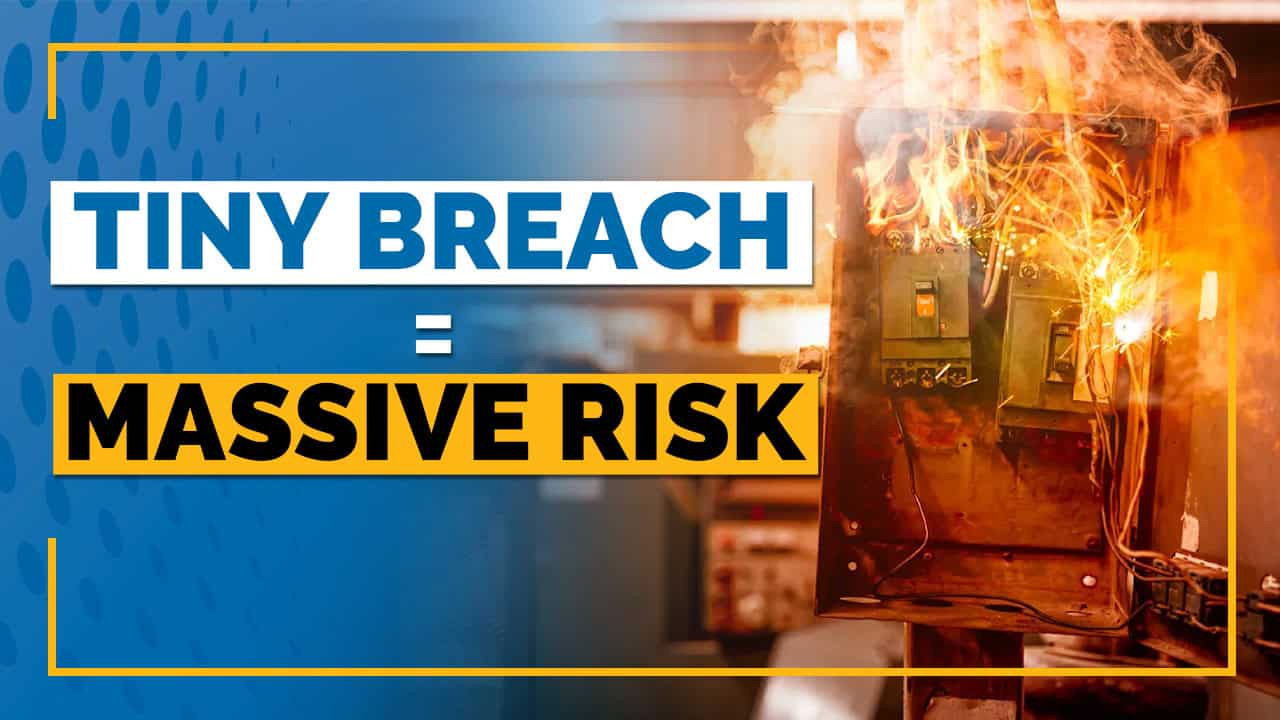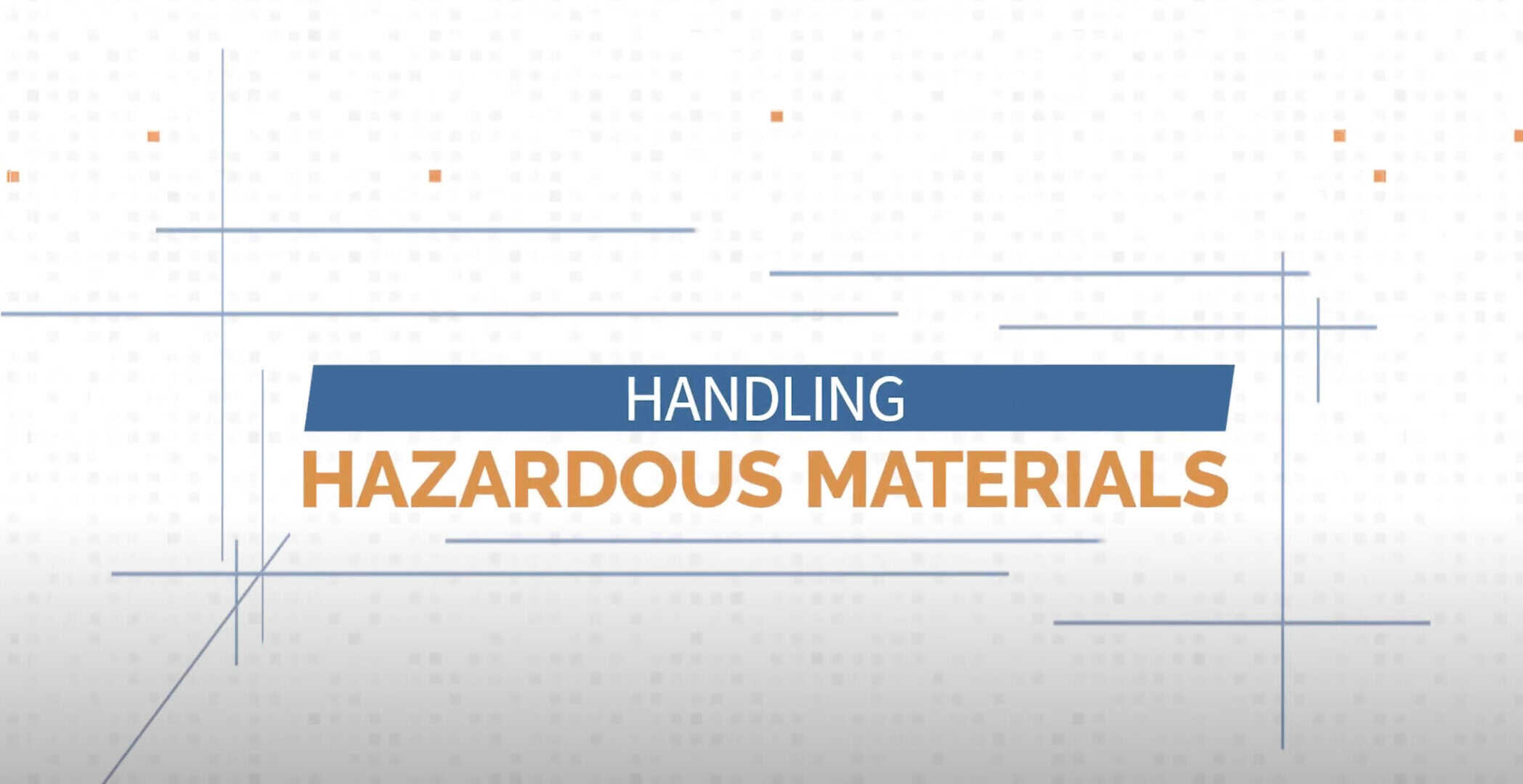The closeout submittal process is the final stage in the construction project lifecycle. It involves the submission, review, and approval of all the required project documents, as-built drawings, warranties, and other relevant information that are necessary to close out the project. It’s obviously a critical process, and in this article, we explain, in basic terms, the closeout submittal process for construction.
How does the closeout submittal process typically work?
The closeout submittal process starts with the contractor preparing and submitting all the necessary documents and information required to close out the project. The closeout submittal most often includes the detailed information listed in the following section (just below).
The owner or design professional then reviews the closeout submittal to ensure that all the required documents and information are submitted and meet the project requirements and specifications. They may approve the closeout submittal or return it to the contractor for revision. The review process may involve multiple rounds of submittals until the owner or design professional approves the final closeout submittal.
What are the common closeout submittal requirements?
The closeout submittal requirements can vary depending on the project specifications, but some common closeout submittal requirements include:
Record drawings: As-built drawings provide a record of the completed construction project, showing any changes or modifications made during the construction process. The General contractor’s field set along with drawings provided by subcontractors captures all information on the work in place.
Operation and maintenance manuals: Operation and maintenance (O&M) manuals provide instructions for operating and maintaining the equipment installed during the construction project.
Parts lists: Having parts lists available for installed equipment can save hours when future repairs are needed. Having a parts diagram enables technicians to quickly source replacement parts and get the machine back into operation.
Warranties: Warranties provide assurance that the completed construction project will perform as intended and any defects will be corrected. Schedule a warranty walk through at about 10 months to address any warranty issues before the warranties expire.
Commissioning Report: Commissioning is the testing and training on installed systems and equipment. This information is invaluable when troubleshooting issues when the building is not performing as designed.
Final payment application: The final payment application is a formal request for payment for the completed construction project.
How can you optimize the closeout submittal process?
The closeout submittal process should begin at the start of the construction project to lessen the burden as the project is wrapping up. Bests practices for optimizing closeout include:
- Collect warranties, lien waivers and other information from subcontractors when their portion of the work wraps up instead of waiting until the end of the project.
- Ask subcontractors to include O&M information with their submittals eliminating the need to request this information at the end of the project.
- Use a consistent closeout folder structure for every project so everyone on the team can quickly see the items received and the items that are still needed.
- For healthcare clients, have a folder for compliance documents needed for CMS or accrediting organizations.
- Resolve any potential issues before closing the project.
Implementing these suggestions can streamline your closeout submittal process and reduce hours and staff dedicated to closing out projects. As the old saying goes, “It’s not how you start, but how you finish that counts.” By optimizing the closeout submittal process, the contractor gets paid sooner, the architect can review the information quicker, and the Owner has critical information to operate and maintain the facility for years to come.




